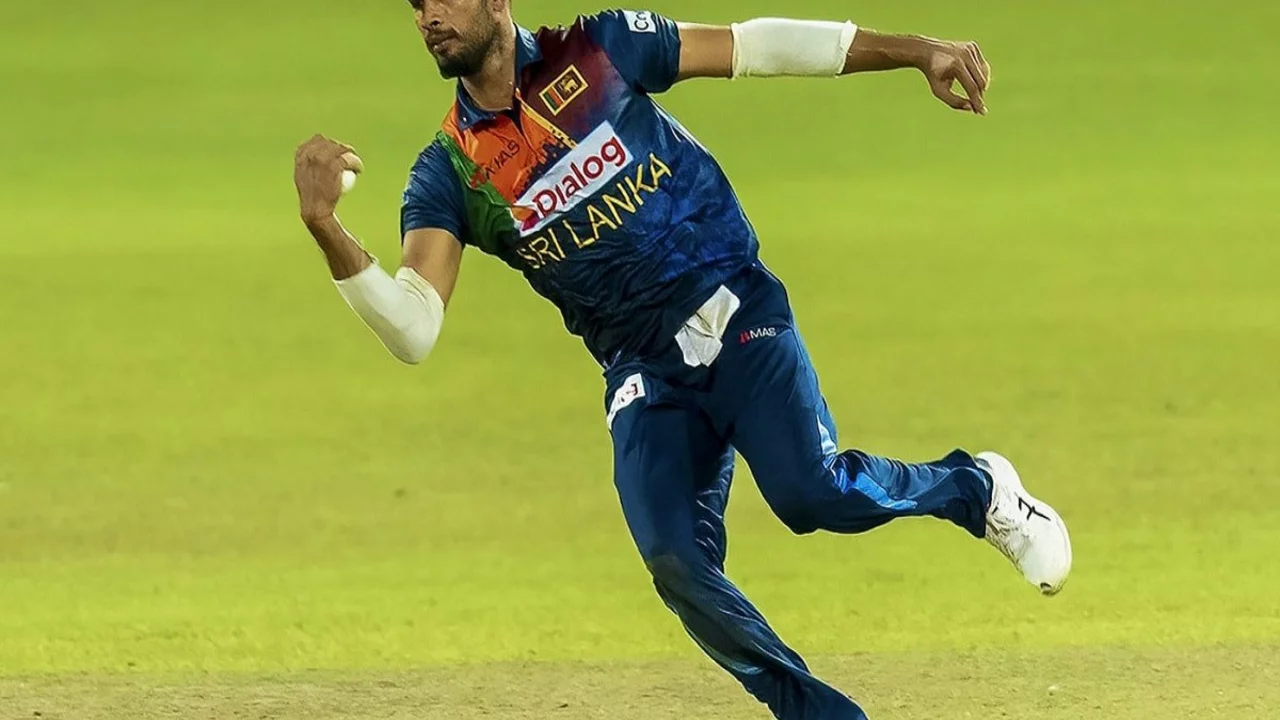Best All Rounder – Who Excels at Batting, Bowling & Fielding
When talking about the best all rounder, a cricketer who consistently delivers with both bat and ball while contributing in the field, three core abilities come to mind: batting, scoring runs across formats, bowling, taking wickets and keeping the run rate low. Add a sharp fielding, catching, throwing and saving runs and you have the full package that fans and selectors covet.
The best all rounder isn’t just a jack‑of‑all‑trades; the player must excel in each trade. A high batting average (often above 35 in Tests, 30+ in ODIs and a strong strike rate in T20s) shows consistency with the bat. Meanwhile, a low bowling economy (under 3.5 in Tests, under 5 in limited‑overs) and a healthy wicket tally demonstrate impact with the ball. Fielding metrics like catch success rate and run‑out involvement round out the profile. Put together, these stats form the core attributes that selectors use to rank players in the ICC all‑rounder tables.
Key Factors That Make an All‑Rounder Stand Out
First, versatility across formats matters. A player who can adapt his technique from the patience of Test cricket to the explosiveness of T20 shows mental and technical flexibility. Second, fitness is non‑negotiable – balancing long‑hour batting innings with intense bowling spells puts extra strain on the body. Third, match awareness: knowing when to accelerate, when to bowl defensively and where to position oneself in the field separates good all‑rounders from great ones. Finally, leadership qualities often emerge because an all‑rounder naturally sees the game from multiple angles, making them valuable captains or senior mentors.
Several names keep popping up in recent discussions. KL Rahul and Shubman Gill, while primarily top‑order batsmen, have added part‑time spin to their arsenal, blurring the line between specialist and all‑rounder. Players like Ben Stokes, Hardik Pandya and Ravindra Jadeja consistently produce 500+ runs and 15+ wickets in a single season, a benchmark many use to measure "best" status. Their ability to swing a match with either discipline creates the excitement fans crave.
In the data world, live cricket APIs now feed real‑time averages, strike rates and economy figures directly into fan dashboards. This transparency lets enthusiasts compare players side by side, spotting who truly balances the three pillars. When you plug in the numbers, patterns emerge – for example, a player with a batting strike rate above 130 in T20s and a bowling economy below 7 often ranks higher than someone strong in only one discipline.
Beyond raw numbers, the context of a performance matters. Scoring a fifty on a turning pitch in India while also picking up three wickets carries more weight than the same stats on a flat outfield in England. Similarly, contributing crucial fielding runs in a close chase can tip the scales in a player's all‑round rating. Analysts therefore combine quantitative data with qualitative match impact to decide who earns the “best all rounder” tag for a season.
National teams also tailor their selections based on the role an all‑rounder can fill. In limited‑overs squads, a player who can bat at number six and bowl a full spell of 10 overs gives the captain extra flexibility in the batting order and bowling rotations. In Test squads, the ability to bat for long periods and deliver long spells with the ball is priceless, especially on pitches that deteriorate over five days.
Coaches often focus on skill‑specific drills to raise a player’s all‑round game. Batting sessions emphasize playing across the line, while bowling work improves seam position and variations. Fielding drills use reaction time and catching drills to sharpen reflexes. The integration of these training blocks reflects the holistic approach required to become the best all‑rounder.
Looking ahead, emerging talents from associate nations are tightening the competition. Canada’s GT20 league, for instance, showcases youngsters who can swing both bat and ball, hinting at a broader pool of candidates for the global stage. As the sport expands, the definition of “best” may evolve to include adaptability to different conditions and formats.
Below you’ll find a curated set of posts that dive deeper into player comparisons, match analyses and ranking updates, giving you a full picture of who truly earns the title of the best all rounder.
